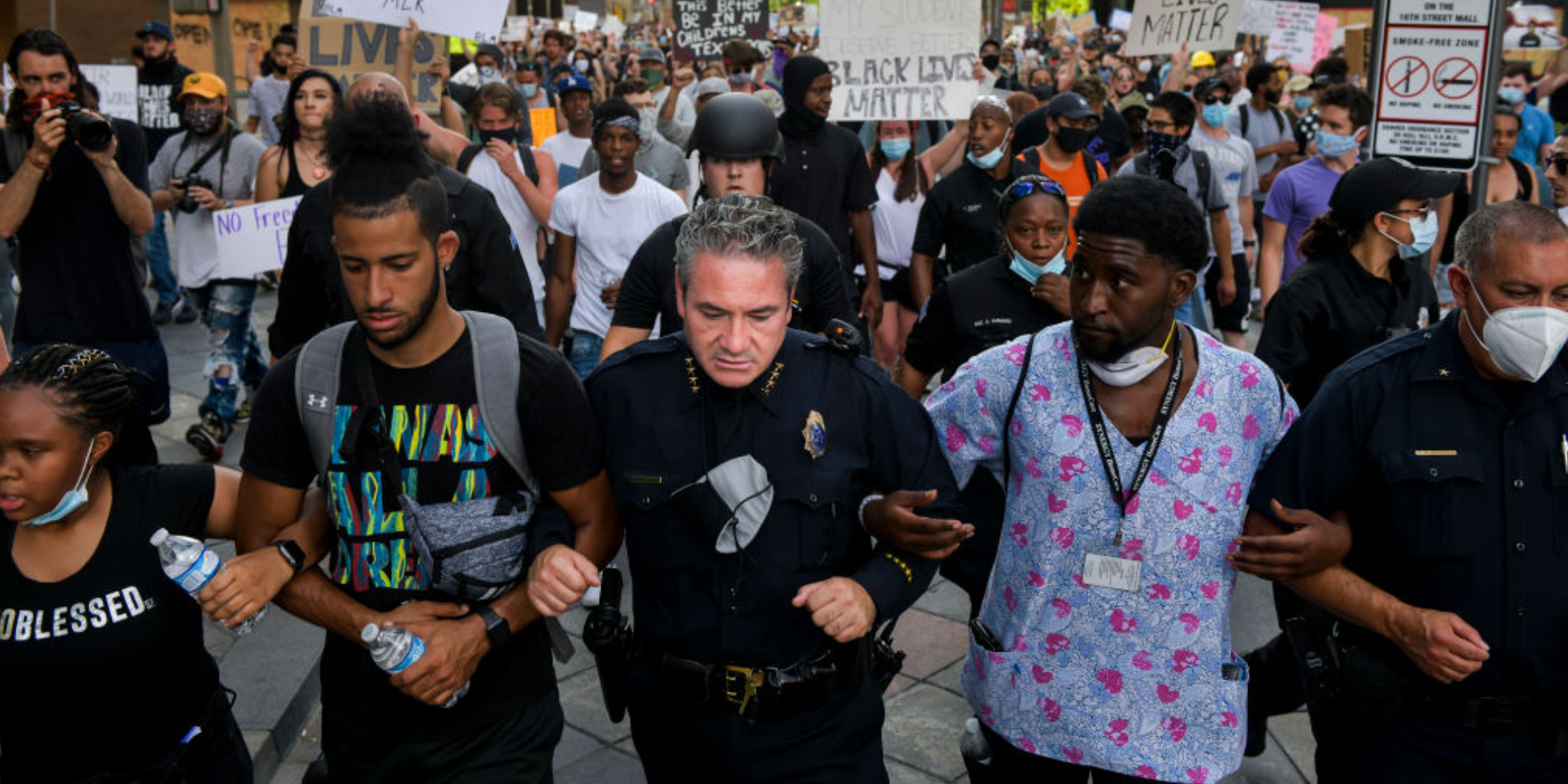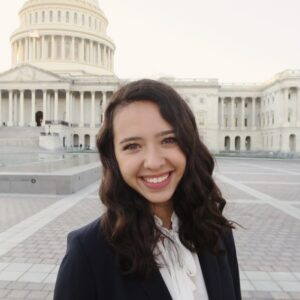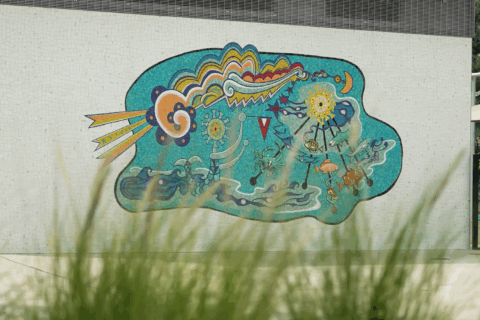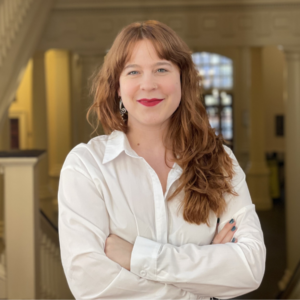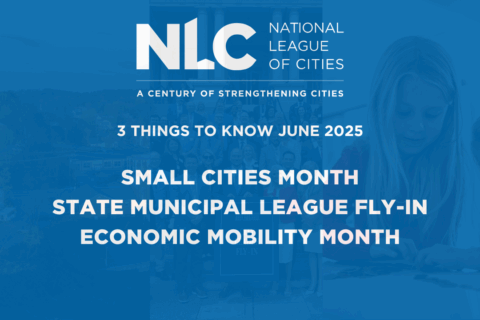The verdict this week in the Derek Chauvin trial was accompanied by intense anxiety and tension in the Black community. Across the country, city leaders braced for possible protest. A guilty verdict elicited a huge exhale for Black America as they heard the verdict.
The guilty verdict offers a rare experience of justice to many Black Americans. However, it does not remove the decades of tension that exist between the Black community and law enforcement. The National League of Cities (NLC) in a statement following the verdict noted: “This case, and countless others, have shone a stark light on the deep wounds our country is facing, and the long path we face to heal and recover from that harm in each of our communities. We are facing a national reckoning on racial justice and policing.”
NLC’s Re-Imagining Public Safety Task Force, led by Mayor Ras Baraka of Newark, NJ and Mayor David Holt of Oklahoma City, was formed last summer and announced in February to help local leaders connect with others who have demonstrated commitment in reimagining public safety in their communities.
In an article outlining their work on the Task Force, Mayor Baraka and Mayor Holt said:
“We believe that city leaders have an obligation to hear these concerns and to act on them. We further believe that any function of government can be improved, and that includes the delivery of public safety. The trauma and pain experienced by residents due to systemic disinvestment in communities specifically in black and brown communities, must be addressed holistically and through transformations that start at the local level.”
In addition to the work needed to transform public safety systems, NLC is also helping local leaders promote racial healing and provide support for addressing racial tension.
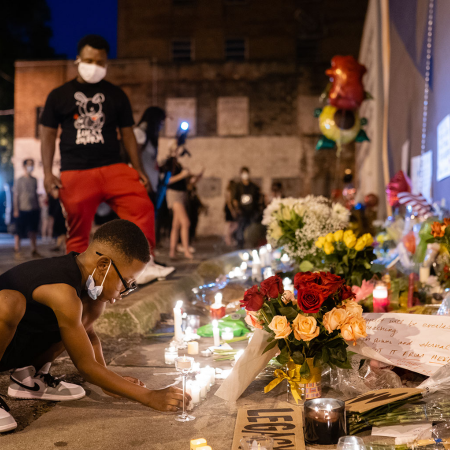
Moments of racial tension are difficult to navigate while sustaining some of the most fundamental responsibilities government has to the community at large: public safety and protection of municipal property. Incidents that lead to crisis moments of racial tension create unique governance challenges for municipal leadership. Governments have the burden of keeping communities safe, protecting public property, and always serving the community. Municipalities must be careful and intentional in their decisions about how to respond to the community.
Here are five things that local leaders can do to respond to residents’ fear about racial tensions and promote racial healing in their community.
- Acknowledge historical context to racial tension. Key in initiating the process for racial healing is pointing to and addressing the root of historical and present accounts of institutional racism. Municipalities are uniquely positioned to create space for healing for community members. In March, Mayor Jorge Elorza released a report detailing the centuries of systemic inequities faced by Black, Indigenous and residents color in Providence, RI. This report, which was created in partnership with community groups, highlighted the historical and present ways racism has shaped employment, policing, housing, urban development, education, and tribal sovereignty. By understanding and acknowledging the depth of the history of racial injustice and racial tensions in Providence, the City has taken a first step in bringing communities together to heal.
- Work with the community to define racial healing. In San Francisco, CA the Office of Racial Equity (ORE) was created in July 2019 in response to the City’s growing racial disparities to address the history of structural and institutional racism in San Francisco. The ORE has institutionalized a racial equity lens into the City and has created a Citywide Racial Equity Framework in a process of elevating community voices and engagement.
- Identify several trusted community stakeholders you can engage to help coordinate the engagement between the local government and the community. Appoint stakeholders to serve as ambassadors for the municipality within different communities. In June 2020, the Arlington City Council in Arlington, TX created the Unity Council with the mission to gather community input regarding measures to build racial equity and promote racial healing. The Council is made of 15 members of the City’s Community Relations Committee and 15 additional members appointed by the City Council and Mayor. The Council is tasked with gathering community input on improvements to equity strategies and policies and will present a report of recommendations and findings. By uplifting the voices of those most impacted, creating space for relationship-building, and setting clear expectations and communication channels, community stakeholders will be better prepared to meaningfully engage with the community and elevate community voices to the local government. NLC has worked with several nonprofit partners, including Cities United to support local leaders on this issue.
- Ensure the constitutional right of people to gather peacefully, a core principle in crowd management. During the past year, communities have taken to the streets across the country in the call for racial justice and an end to police brutality. Local government should ensure the freedom of assembly and for individuals to voice their grief and call to action. As highlighted in the NLC REAL Municipal Action Guide Responding to Racial Tension in Your City, embedding the common values of empathy, transparency, authenticity, partnership and collaboration, and consistency are key in responding to calls for racial healing.
- Establish clear expectations for how law enforcement will respond to various types of escalation during demonstrations. Law enforcement must engage in strategic advance communication and planning with community stakeholders to promote public safety and build mutual trust. Clear expectations must be set for officers to protect the right to peacefully gather and to avoid inadvertently heightening tensions. As a local leader, establish direct lines of communication with the police chief and plan to provide regular and accurate updates to the community. This will allow for improved communication, transparency, and accountability. Law enforcement must establish appropriate conduct expectations during demonstrations and build trust in their communities to protect the right of people to gather peacefully.
By acknowledging the historical contexts of racial tensions, creating community spaces for racial healing, working with your community leaders and activists, and protecting the right to gather, local leaders can promote racial healing in their communities. Governing for racial equity means doing the work within policies, practices, and procedures to eliminate racial disparities, heal racial tensions, and build more equitable and safe communities for all.
